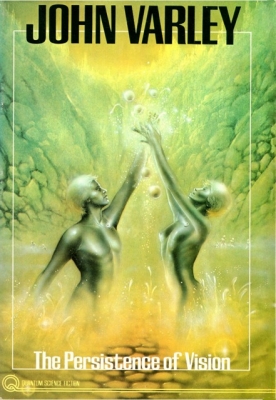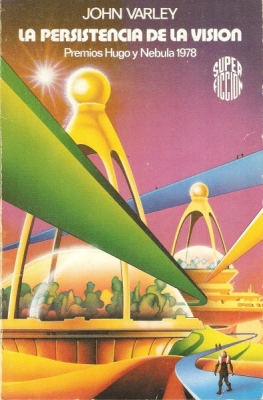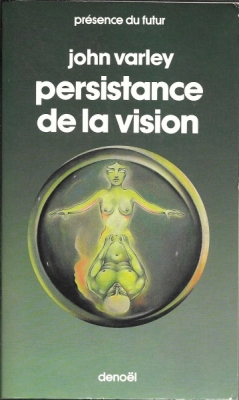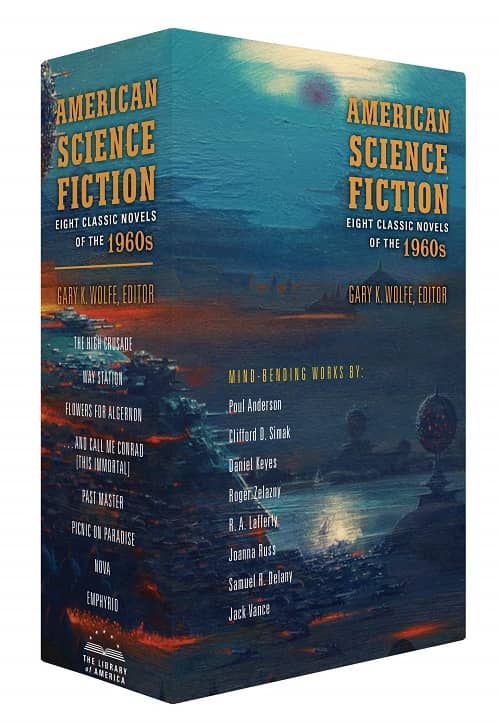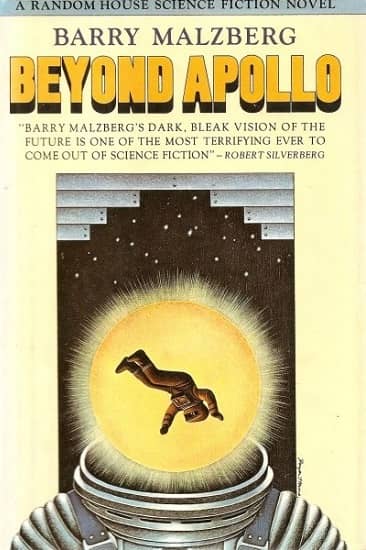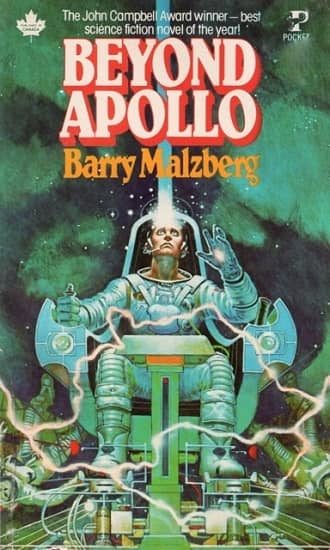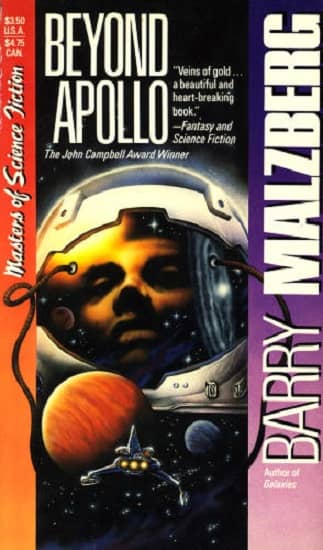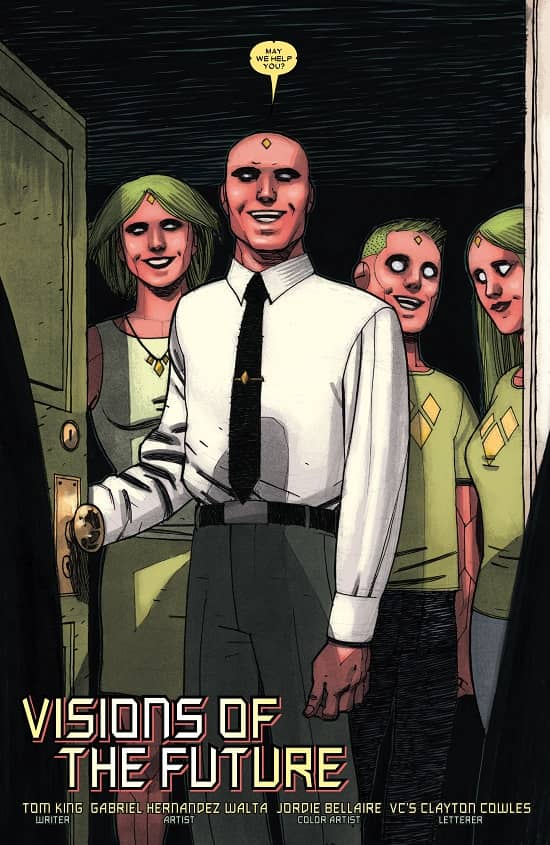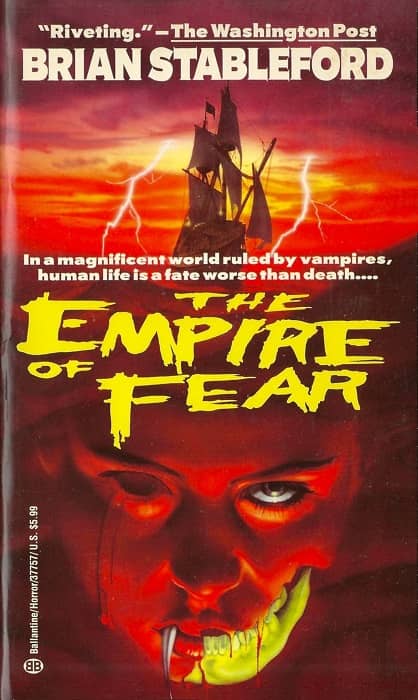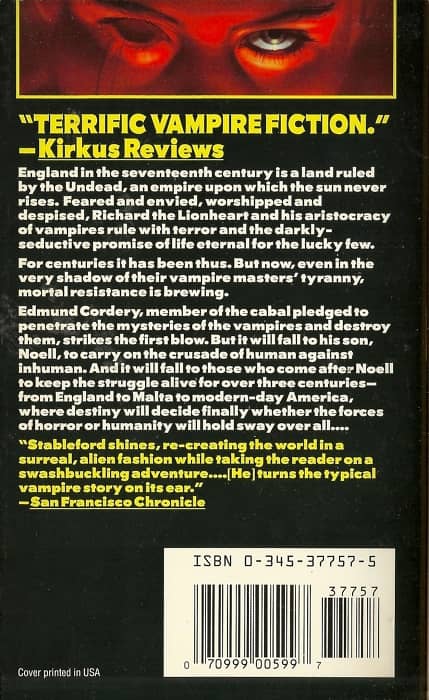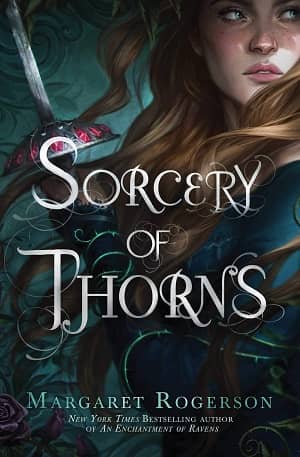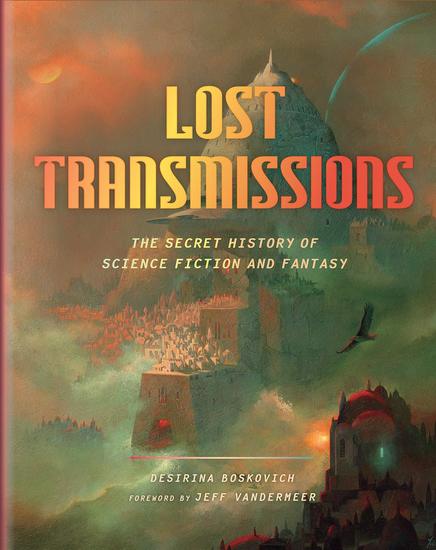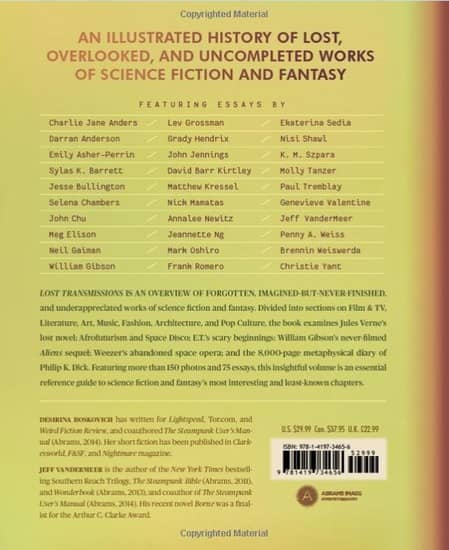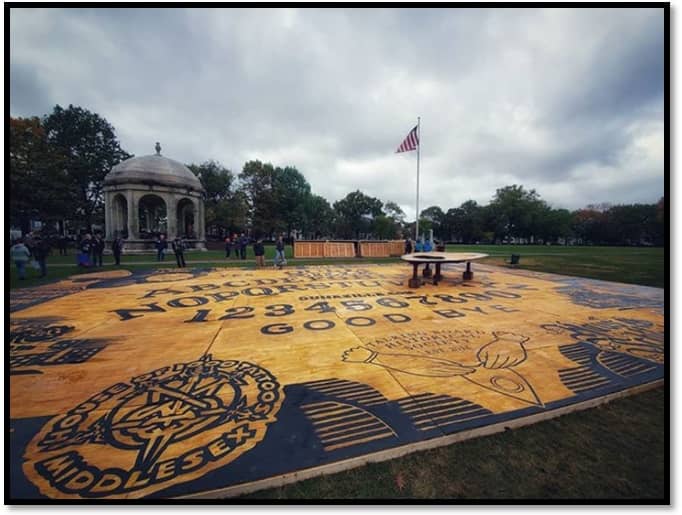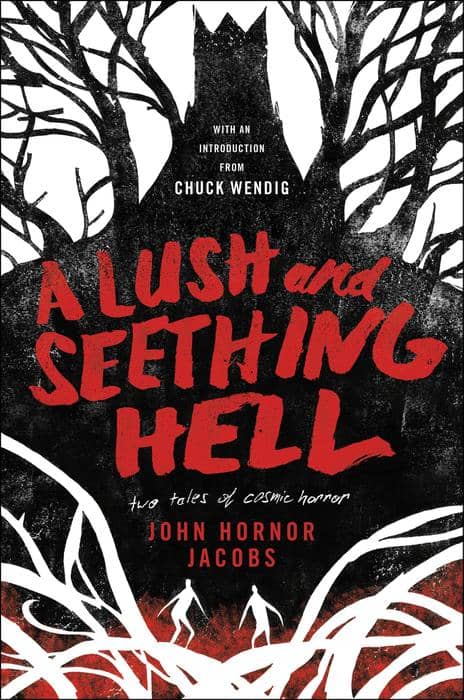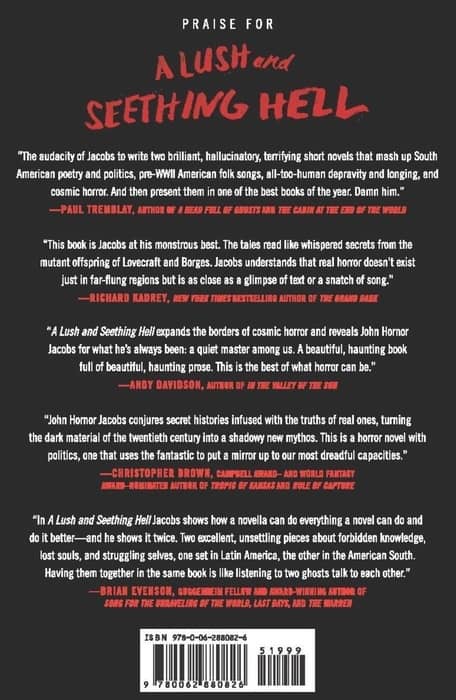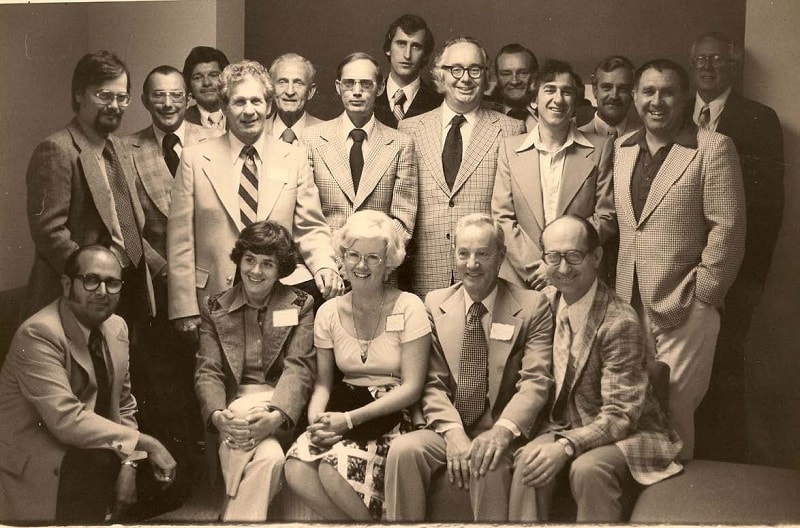The Golden Age of Science Fiction: The Persistence of Vision, by John Varley
The Prix Apollo was founded in 1972 and presented in France for the best book published in French during the preceding year. The first winner was Roger Zelazny’s Isle of the Dead. The award was suspended following the presentation of the 1991 award. Only five times in the awards nineteen year history did it go to works originally published in French, including 1988, when it was presented to an entire series of 36 books written by Georges-Jean Arnaud. Although technically an award for a novel, in 1980, the award was given to John Varley’s collection The Persistence of Vision.
It isn’t entirely clear what the Prix Apollo was presented for. Varley’s debut collection, The Persistence of Vision was published by The Dial Press/James Wade in 1978 and contained nine short stories, published between 1975 and 1978. The collection wasn’t translated into French until 1979, which is why it was eligible for the Prix Apollo in 1980. However, the nine stories were published in two separate volumes in French. One volume, Dans le palais des rois martiens, contained five stories, including French translations of “The Phantom of Kansas,” “Air Raid,” “Retrograde Summer,” “The Black Hole Passes,” and the titular story, “In the Hall of the Martian Kings.” The second volume, Persistance de la vision, contained the remaining four stories, translations of “In the Bowl,” “Gotta Sing, Gotta Dance,” “Overdrawn at the Memory Bank,” and “the titular story, “The Persistence of Vision.” It is possible that the Prix Apollo was given for the complete text of the original anthology, but also conceivable that it was only given to the volume which bears the name in French.
